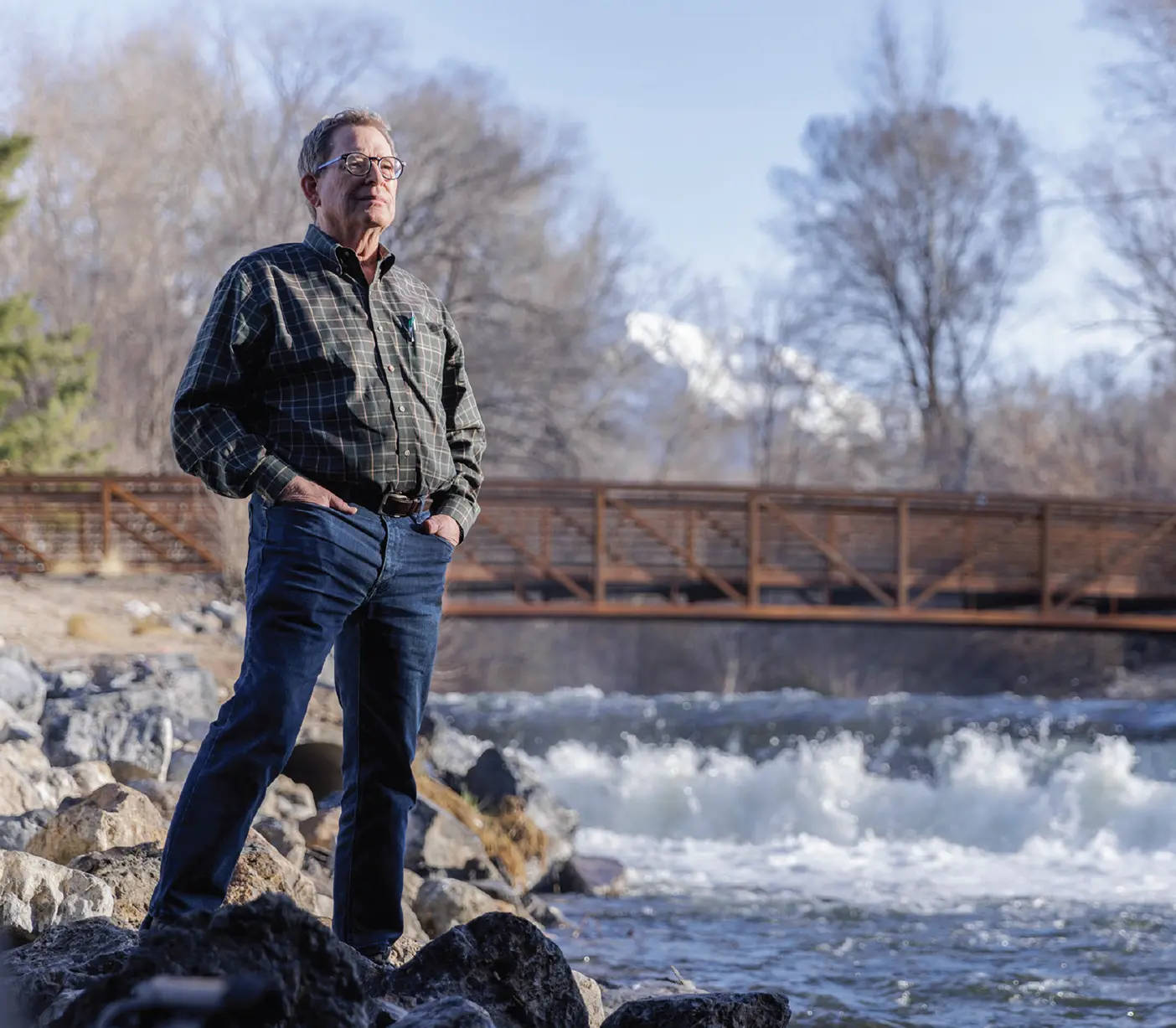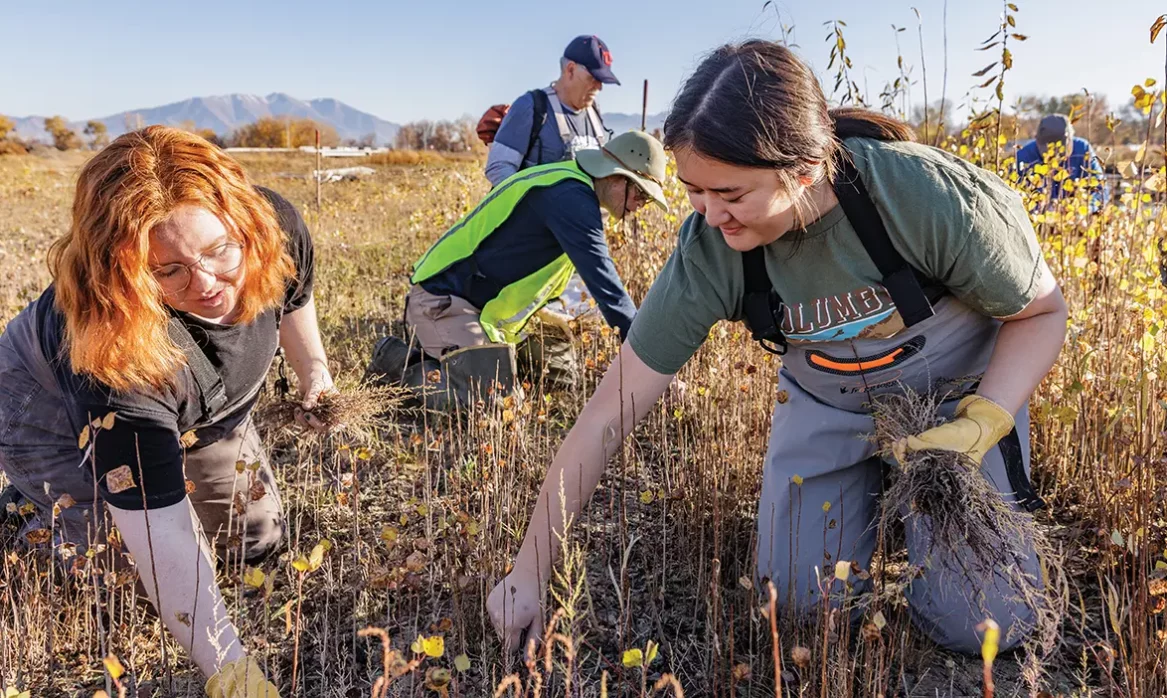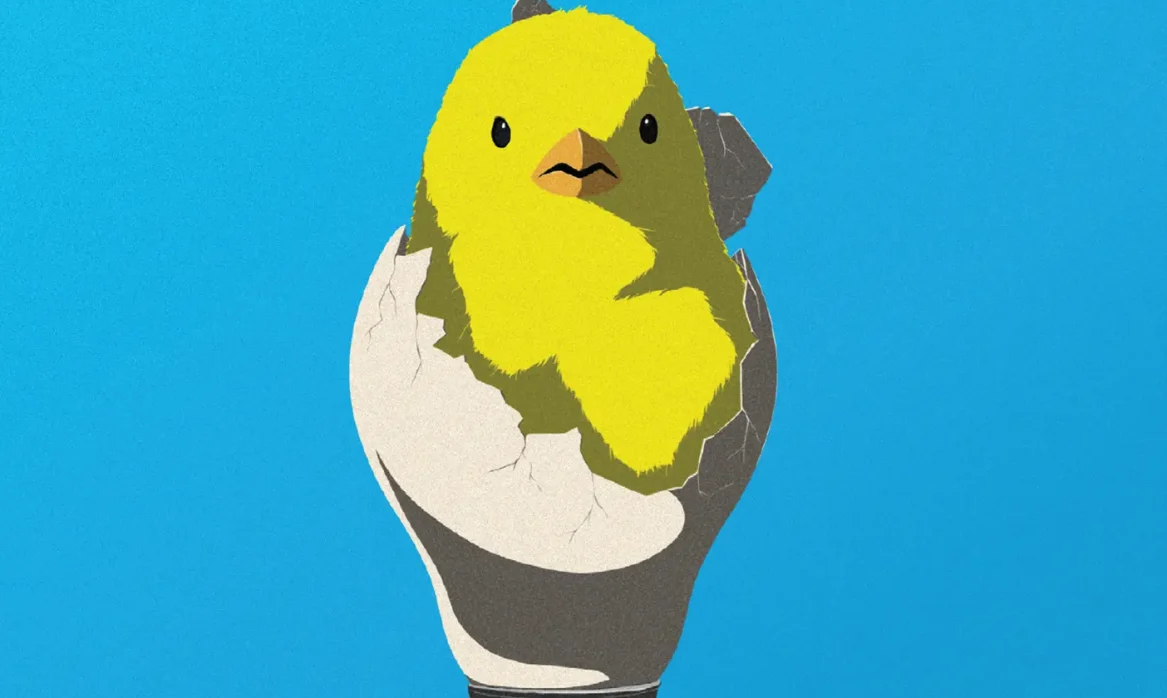Summer is in full swing. The sun is warm on your skin as your kayak glides smoothly over the calm surface of the water. Just up ahead is a small drop, a harmless waterfall cutting the river in half. You can make it. How dangerous can a drop of 3 or 4 feet be?
“Very,” says Rollin H. Hotchkiss (BS ’76), a BYU professor of civil and environmental engineering. “They’re very innocent looking. They’re not that big. They’re really kind of beautiful—but that’s where people are dying.”

Low-head dams lie across the width of a river to stabilize the water levels for better use in irrigation or water supply. However, most of these dams are no longer needed for their original purpose, and since they do not seem to pose the same threat as large dams, a lot of states don’t keep track of where they are, so they continue to take lives.
The water flowing down the face of a low-head dam can create an underwater whirlpool called a submerged hydraulic jump—a churning, never-ending washing-machine spin cycle. People can get caught in the current, trapped between the water plunging to the bottom of the dam and the water being pushed to the top, shoved underwater repeatedly by the force of the water flowing back in on itself.
In 1991 Hotchkiss challenged his engineering students to develop a design to make low-head dams safer. With no luck, they tried again the next year and the next. Cohorts of students were stumped for nearly 30 years, but in 2018, Hotchkiss and his colleagues finally developed a design to eliminate the risk—a stair-stepping dam face that allows the water to flow more gradually down.
In the meantime, Hotchkiss and his team of BYU students have sought to raise awareness, creating the first nationwide database, which now catalogs more than 13,000 US low-head dams. The students used mapping tools, Hotchkiss explains, “following streamlines [from the US Geological Survey] very systematically, enlarging the photo until they could see a white line across the river.”
As Hotchkiss and his team work to recommend solutions, they are now distributing information on the whereabouts of these dams to states across the nation.
The drownings at low-head dams don’t have to happen, he says. “The more we get the word out, the more lives are saved.”












